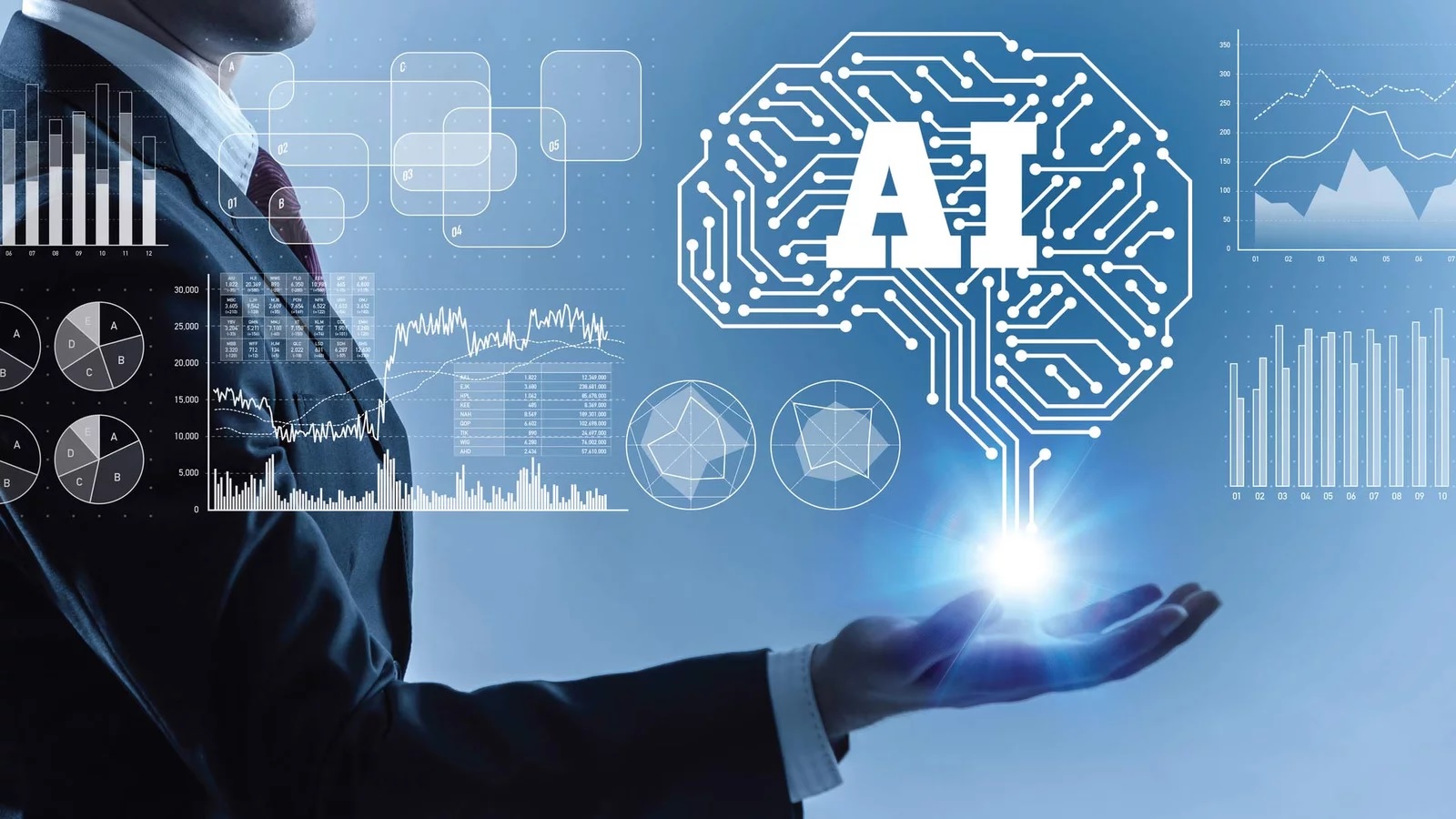Digital twins have become an influential technology in recent years, particularly in manufacturing or heavy industries such as transportation or energy. A simple definition of a digital twin is a faithful, detailed digital model of a real-world system or process – anything from a consumer product prototype to an entire factory or telecommunications network.
Digital models make great testing grounds, one significant advantage being that systems can be tested virtually, with any number of ‘what if’ scenarios being run, outcomes examined and changes to the virtual version of the system made instantaneously. It’s a quicker, cheaper, lower-stakes way to test those changes as opposed to making them in the physical version. This parallels software’s move towards agile development, with its smaller, faster feedback loops.
AIOps as a Digital-to-Digital Twin
Interestingly, the concept of digital twins can be a powerful tool within the field of artificial intelligence for IT Operations (AIOps) to develop self-healing closed-loop ecosystems.
To elaborate, a ‘classic’ digital twin is a representation of a piece of physical reality, and very accurate in emulating and predicting the behavior of mechanical components. For example, a jet engine, a manufacturing line, or even a human heart. This digital representation requires a steady flow of data to stay current. It isn’t a closed loop. In addition, any changes that need to be incorporated into the original version of the twin need to be manually added. This creates a delay and the possibility of errors, which can compromise the digital twin’s speed and agility. That in itself limits its value, because the ability to respond quickly to change is a key for success in today’s highly agile business environment.
By contrast, IT production environments exist solely in a digital reality. While they obviously contain physical elements such as computers, mobile devices, servers, cables and so on, those
only come alive when connected by digital components such as software and data flows. Driven by AI algorithms that enable intelligent automation, digital twins work within AIOps for IT operations, representing the entire IT environment, including hardware, software, and their interactions. This translates to the self-management of IT environments, the ability to predict incidents, offer ways to prevent them, and even suggest improvements when permanently resolving a problem requires a change in the IT environment’s design or architecture.
Taking the principles of digital twins and integrating that into AIOps, organizations can move beyond reactive problem-solving and achieve a proactive, self-healing closed-loop ecosystem that can detect and respond to IT issues in real-time. This approach minimizes manual intervention and allows IT teams to proactively address problems before they impact end-users.
Only digital-to-digital can close the loop seamlessly. Of course, all of this does not mean that humans will lose control of IT as it remains a software platform controlled by IT staff. It does, however, free up IT expertise from repetitive tasks to focus on more complex high value tasks.
To Know More, Read Full Article @ https://ai-techpark.com/digital-twins-for-self-healing-aiops/
Related Articles -
Generative AI in Virtual Classrooms
Guide to the Digital Twin Technology
Explore Category - Threat Intelligence & Incident Response






